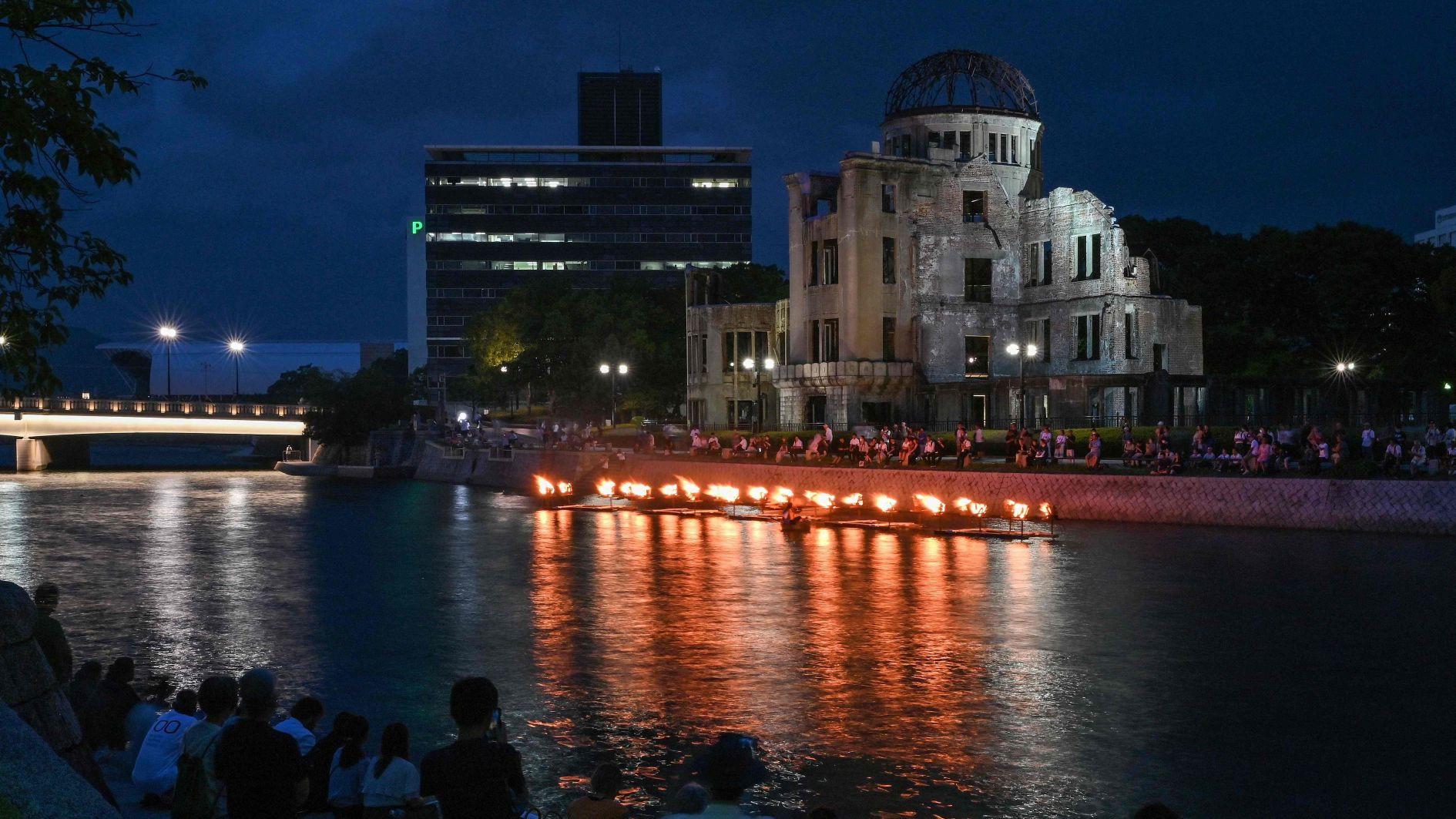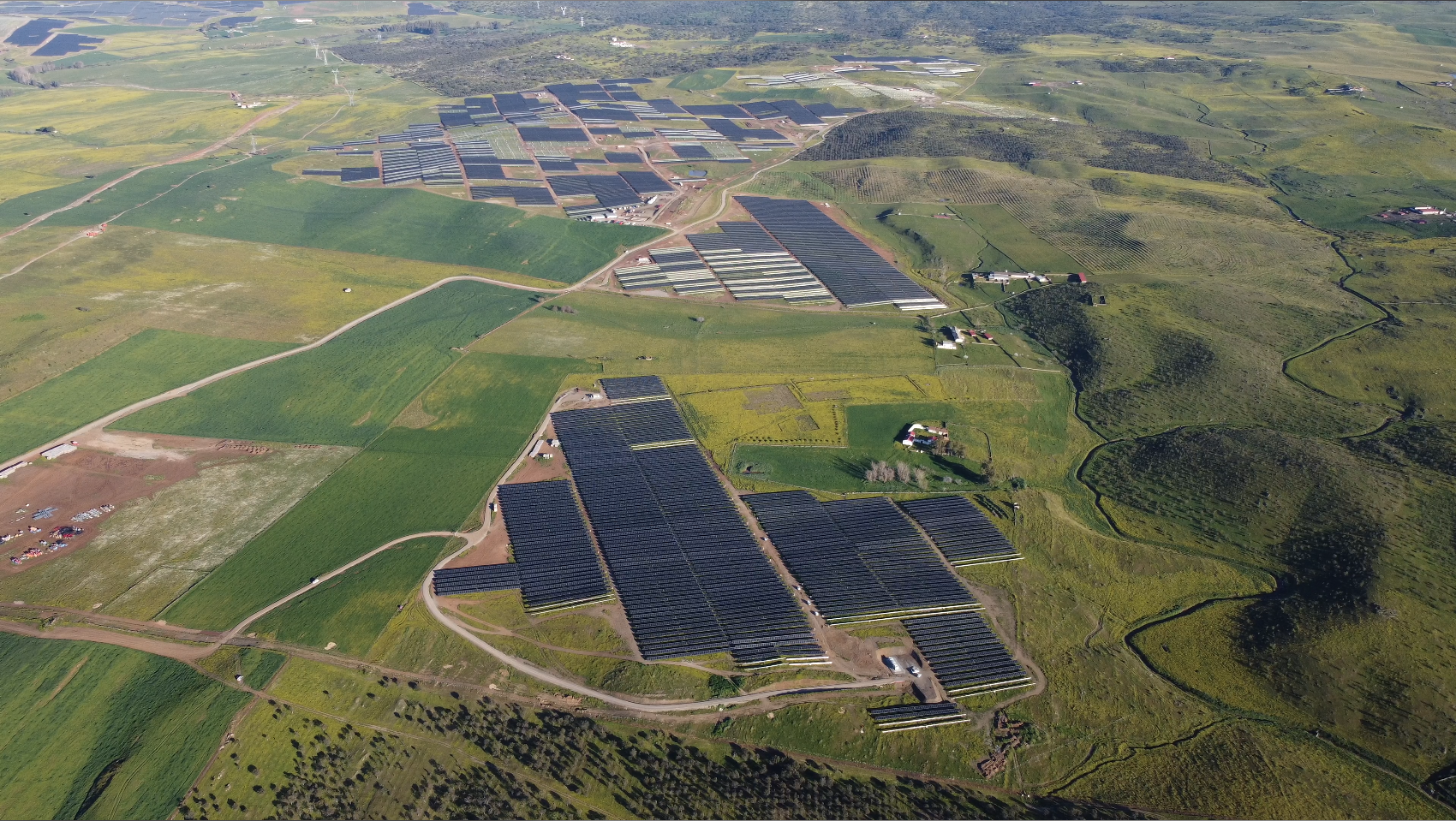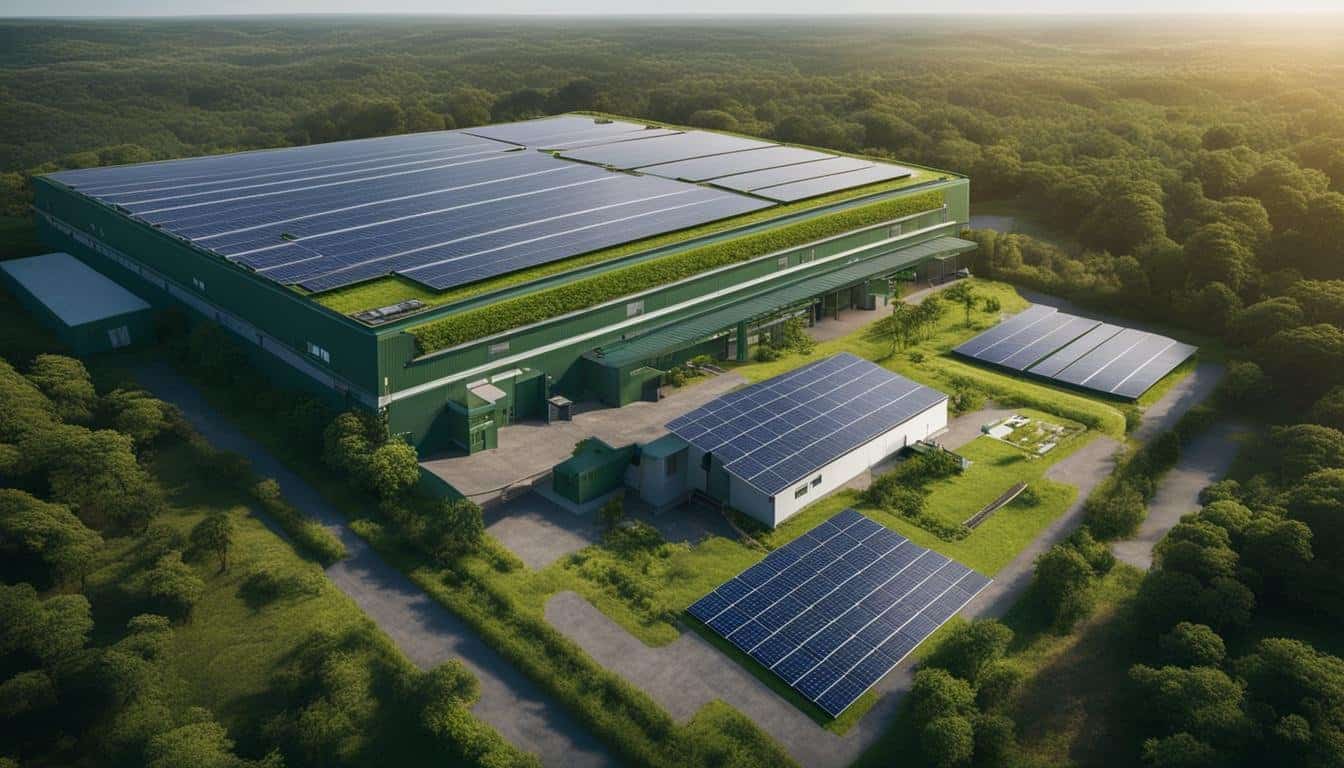La ciudad de Hiroshima conmemoró solemnemente el 80º aniversario del primer bombardeo atómico del mundo, un acontecimiento que alteró para siempre el rumbo de la historia humana. En esta ocasión sombría, sobrevivientes, sus descendientes y visitantes internacionales se reunieron en el Parque Memorial de la Paz para rendir homenaje a las víctimas y renovar los llamados al desarme nuclear. La ceremonia anual adquirió un significado especial este año, ya que el número de hibakusha (sobrevivientes de la bomba atómica) que quedan sigue disminuyendo, haciendo que sus testimonios sean cada vez más valiosos.
At exactly 8:15 am—the time when the explosion occurred on August 6, 1945—a moment of silence filled the memorial area. The Peace Bell’s deep sound noted the minute when the uranium bomb, called “Little Boy,” detonated about 600 meters over the city, immediately causing the death of around 70,000 individuals and eventually resulting in more than 140,000 casualties by the conclusion of 1945. The memorial activities featured the customary release of lanterns along the Motoyasu River, representing the spirits’ journey to the next world.
The commemoration this year took on heightened significance as global political strains have sparked worries regarding the spread of nuclear weapons. The mayor of Hiroshima utilized his yearly Peace Declaration to caution against becoming indifferent in the pursuit of nuclear disarmament, highlighting that today’s worldwide stockpiles of nuclear arms still harbor the potential for widespread devastation. He stressed the importance of learning from Hiroshima’s tragic past, which provides crucial insights for humanity at a time when the possibility of nuclear warfare has re-emerged following years of relative calm.
Survivors shared poignant testimonies about the bombing’s immediate aftermath—the incomprehensible devastation, the harrowing search for loved ones amidst the ruins, and the suffering from radiation sickness in the following weeks and months. These firsthand accounts took on new importance as organizers worked to preserve these memories through digital archives and educational programs, ensuring future generations understand the human cost of nuclear weapons.
The commemorative event also emphasized the impressive change of Hiroshima from a ruined land to a flourishing contemporary city that serves as an international emblem of peace and perseverance. Reconstruction initiatives over the years have established a lively urban hub while painstakingly maintaining specific bomb-affected landmarks like the famous Atomic Bomb Dome, which stands as a strong visual testament to that tragic day.
International representatives from countries with and without nuclear capabilities were present at the event, contemplating how the disaster in Hiroshima eventually resulted in the Treaty on the Non-Proliferation of Nuclear Weapons (NPT) and later disarmament treaties. Nonetheless, numerous speakers voiced their worries regarding recent hurdles in nuclear diplomacy and the upgrading of nuclear stockpiles by various countries.
Educational efforts were a significant component of the anniversary celebrations. The Hiroshima Peace Memorial Museum introduced fresh displays that highlight the enduring health consequences faced by survivors, such as heightened cancer risks and psychological trauma that spans multiple generations. Unique programs involved youth in peace education, stressing their prospective part in upholding nuclear security measures and advancing diplomatic resolutions to global disputes.
The anniversary also prompted reflection on the complex historical context surrounding the bombing decision. Historians participated in panel discussions examining the geopolitical circumstances of 1945, the development of nuclear technology during wartime, and the ethical questions that continue to surround the use of atomic weapons. These academic exchanges aimed to foster nuanced understanding rather than simplistic judgments about this pivotal moment in world history.
As night fell, thousands of paper lanterns illuminated the river flowing past the Peace Memorial Park, creating a breathtaking spectacle of remembrance. This beautiful tradition, started by survivors in the early years after the bombing, has grown into one of Hiroshima’s most moving commemorative acts, with participants from around the world joining in this symbolic gesture of peace and reconciliation.
The 80th anniversary acted as a reminiscence of the past while also urging for future initiatives. Given the ongoing nuclear tensions in various parts of the world and the pressure on arms control treaties, the peace message from Hiroshima stood out strongly. The planners of the event highlighted that recalling the events of August 6, 1945, is essential not only for paying tribute to history but also for safeguarding the future of humanity from committing its most severe errors again.
As the day of remembrance came to a close, the message from Hiroshima to the global community was unmistakable: nuclear arms should never be deployed again, and fully eradicating them is the sole assurance against future incidents like Hiroshima. The city’s journey from being the epicenter of destruction to becoming a champion of global peace is a powerful example of human strength and the potential for healing, even after immense catastrophe.




